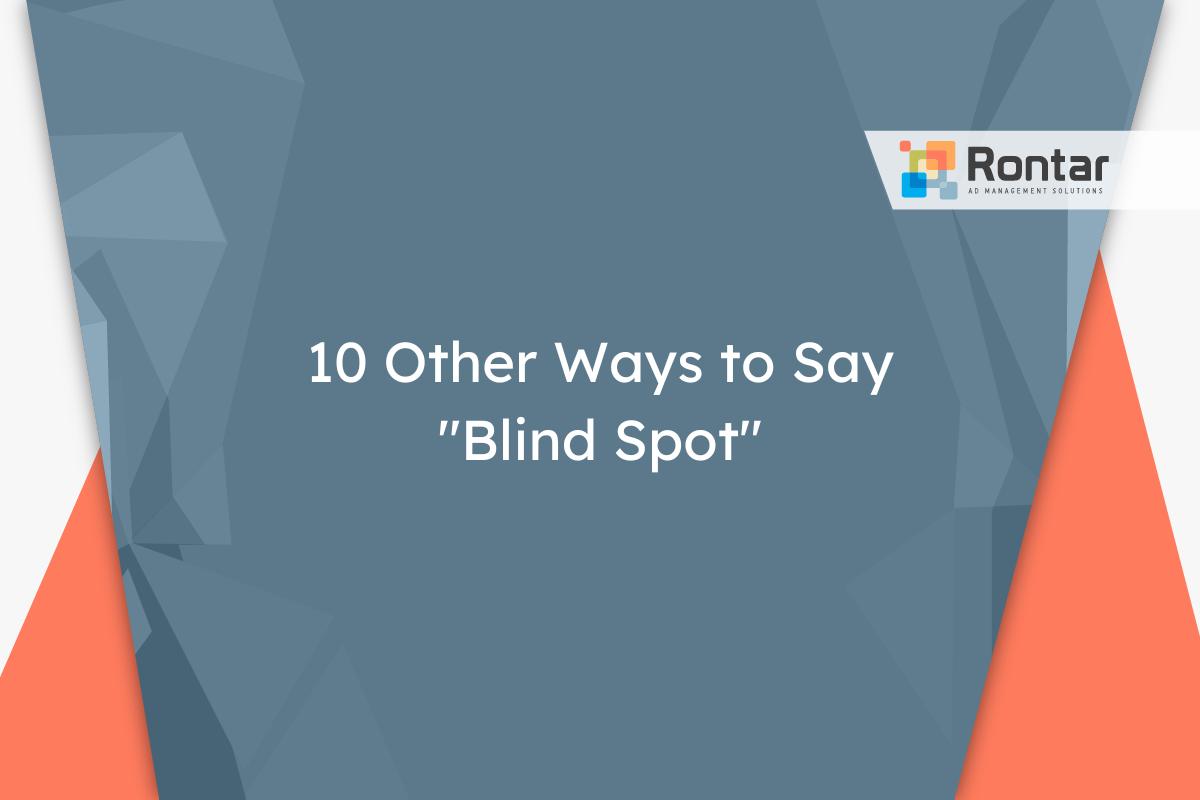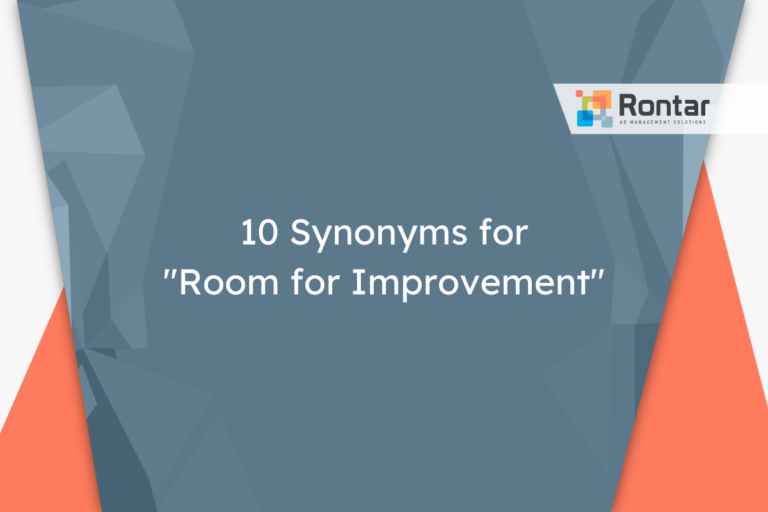10 Other Ways to Say “Blind Spot”

In many situations, saying someone has a “blind spot” can sound too harsh. This article explores ten different ways to convey the same idea with alternative phrases. These alternatives can help you express yourself more accurately and politely in various settings.
10 Other Ways to Say “Blind Spot”
Here are ten common alternatives to “blind spot” that maintain the same meaning:
- Oversight
- Lack of awareness
- Blind area
- Gap in understanding
- Ignorance zone
- Unseen aspect
- Knowledge gap
- Unnoticed detail
- Invisible point
- Missed element
1. Oversight
Oversight is often used in both professional and casual contexts as a synonym for “blind spot.” It implies missing something, not because of negligence, but simply due to human error. This alternative suggests a less critical tone, making it more polite to use in certain situations.
When dealing with situations where sensitivity and a softer approach are needed, especially in a professional setting, we recommend “oversight” as a more appropriate term. It conveys understanding and acknowledges the human tendency to miss details without assigning harsh blame.
Examples:
Oversight in our yearly report led to an underestimated budget requirement.
Our team's oversight meant that an important client feedback was not considered in the project plan.
2. Lack of awareness
“Lack of awareness” points to a situation where something is not seen or understood due to a simple absence of knowledge. This term is broader and can suggest a need for more information or education on the subject.
This alternative is particularly useful when addressing a general unfamiliarity with a subject. It’s neutral and suitable for both formal and informal discussions, emphasizing a non-judgmental perception of the gap in knowledge or awareness.
Examples:
There's a lack of awareness regarding cybersecurity amongst our staff.
The project suffered because of a lack of awareness of the latest regulations.
3. Blind area
The term “blind area” is a close synonym to “blind spot” but is often used to describe situations or contexts in a slightly more literal or figurative sense. It emphasizes the areas out of one’s view or consideration.
When trying to highlight specific areas or skills that are overlooked, “blind area” can be particularly impactful. It’s a good choice in discussions or writings that require focus on particular deficiencies or gaps, especially in a professional context.
Examples:
The team's blind area was market analytics, impacting our competitive strategy.
In our safety procedures, we found a blind area that needed immediate attention.
4. Gap in understanding
“Gap in understanding” points directly to a deficiency in comprehension or knowledge about a particular subject. This term is especially fitting in educational or professional environments.
This alternative is best suited when the focus is on the need to improve knowledge or skills. It is ideal for identifying areas for development or learning, promoting a constructive and forward-looking viewpoint.
Examples:
There appears to be a gap in understanding when it comes to digital marketing strategies.
We've identified a significant gap in understanding among our team regarding data privacy laws.
5. Ignorance zone
“Ignorance zone” is a stark term that highlights an area of complete lack of knowledge. It suggests a more critical need for information or education.
While the term might sound harsher, it is effective in stressing the urgency of addressing the lack of knowledge. It is meaningful in scenarios where raising awareness is critical, although we recommend using it carefully due to its potential negative connotations.
Examples:
In this debate, his arguments reveal a clear ignorance zone about environmental policies.
The survey showed an ignorance zone among the populace regarding their legal rights.
6. Unseen aspect
“Unseen aspect” refers to parts or elements of a situation that are not immediately obvious or are overlooked. It conveys a sense of something being hidden or not yet discovered.
For situations that require a nuanced or delicate approach, especially where there may be hidden factors at play, “unseen aspect” is an apt choice. It’s useful in both formal and informal discussions to highlight unknown or unnoticed elements without placing blame.
Examples:
The unseen aspect of this issue is its impact on employee morale.
We need to consider the unseen aspect of remote work on team dynamics.
7. Knowledge gap
“Knowledge gap” directly addresses the difference between what is known and what needs to be known. It is a professional term that is especially relevant in educational and training contexts.
This alternative is most applicable when discussing educational objectives, professional development, or areas requiring research. It fosters a constructive approach to identifying and closing these gaps.
Examples:
Our training program aims to address the knowledge gap in our technical support team.
A knowledge gap in understanding customer needs led to product development missteps.
8. Unnoticed detail
“Unnoticed detail” refers to a small or minor aspect that is often overlooked but can be important. It highlights the importance of paying attention to the little things.
This phrase is best used when the aim is to draw attention to specific elements that have been missed but are crucial for a comprehensive understanding. It’s well-suited for both formal and informal scenarios, emphasizing a careful and detailed approach.
Examples:
A crucial unnoticed detail in the contract almost cost us a valuable client.
The unnoticed detail in the historical record provided a breakthrough in our research.
9. Invisible point
“Invisible point” is a metaphorical way of describing something that, while not physically unseen, is easily overlooked or ignored in discussion or analysis. It brings a nuanced understanding of the issue.
This term is fitting when you wish to emphasize overlooked aspects that require deeper insight or reflection to recognize. It’s particularly effective in intellectual, formal, or artistic discussions, serving as a prompt for deeper thinking.
Examples:
The critic's analysis uncovered an invisible point that changed our understanding of the artwork.
Her thesis highlighted an invisible point in the debate on climate change policies.
10. Missed element
“Missed element” signals something that was omitted or not considered, which could have been meaningful to the analysis or discussion. It suggests an oversight or a lapse in consideration.
This phrase works well when highlighting something that should have been considered but was not, particularly in formal analyses or strategic planning. It encourages a thorough and comprehensive review to prevent similar oversights.
Examples:
The missed element in our project plan led to delays and budget overruns.
In their analysis, they forgot a missed element that significantly affects market trends.
Final Thoughts
Choosing the right words is key to effective communication. This article provided ten alternatives to the term “blind spot,” each with its own context and nuance. By exploring these synonyms, you can express overlooked details or gaps in knowledge more accurately and sensitively.






